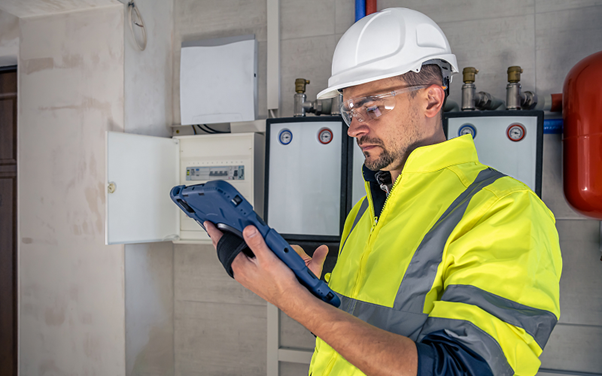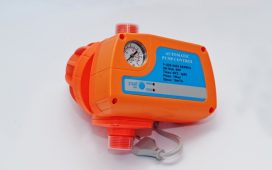In hazardous work environments, unseen threats can be the most dangerous. From combustible gases to toxic leaks, the risks are real, and the stakes are high. That’s why having a dependable gas detection system is a necessity. However, even the most advanced technology needs the support of a reliable gas detection service to stay effective. Whether you’re in manufacturing, petrochemicals, or public utilities, understanding the combined value of systems and services can mean the difference between safety and disaster.
Understanding Your Gas Detection System
A gas detection system is essentially your workplace’s early warning network. Depending on your operations, it could be a set of portable handheld devices, fixed wall-mounted sensors, or an integrated network feeding data into a central control panel. Each element plays a role in identifying hazardous gas concentrations before they reach dangerous levels.
Imagine walking through a plant floor: wall sensors discreetly monitor the air, while portable detectors clipped to workers’ uniforms provide personal protection. These devices often use technologies like electrochemical sensors for toxic gases, catalytic bead sensors for combustible gases, and infrared sensors for carbon dioxide or methane.
However, the real effectiveness comes from regular gas detection service maintenance. Visual checks help you spot issues such as physical damage, clogged sensors, or tampered settings. In some cases, visual cues, like unusually slow response times or inconsistent readings, can be early indicators that servicing is due. Recognising these signs early keeps downtime and risks to a minimum.
Keeping Your Detection System Reliable
A well-maintained gas detection system can serve you for years without compromising accuracy. The key is to think of maintenance as an ongoing process. Regular inspections, timely calibrations, and software updates extend the lifespan of your equipment.
Professional gas detection service providers can help establish an optimal servicing schedule, often influenced by your worksite’s specific conditions. For example, in humid environments, sensor degradation can occur faster, requiring more frequent checks. In dusty or corrosive environments, protective covers or filters may need to be replaced more often.
Keeping a log of maintenance dates, calibration results, and repair histories allows you to spot patterns that might point to systemic issues. If a specific type of sensor fails repeatedly, it could indicate an environmental factor that needs addressing or a need for a different detection technology.
Ultimately, achieving longevity means being proactive. Investing in small, regular upkeep tasks to avoid large-scale equipment failures that could put people at risk and disrupt operations.
Lessons from Different Sectors
One of the most valuable aspects of working with gas detection service providers is that they often serve clients across multiple industries, each with unique challenges and solutions. Learning from these examples can help you adapt your safety strategy.
In the oil and gas sector, for instance, fixed detection networks are often integrated with automated shutdown systems. If sensors detect a certain gas concentration, machinery can power down instantly to prevent escalation. In manufacturing plants, portable detectors might be issued to every shift worker, with a check-in/check-out process ensuring equipment accountability and tracking.
Meanwhile, water treatment facilities often use detection systems tuned to identify chlorine leaks, as even minor exposure can pose health risks. By studying how these industries integrate technology with operational protocols, businesses in other sectors can adopt similar safeguards.
Cross-industry learning also extends to training. Some industries prioritise simulation-based drills where employees practise responding to alarms. Others incorporate gas detection maintenance training into their safety certification programmes.
The takeaway is clear: no single sector has a monopoly on best practices. Adapting methods from other industries can strengthen your safety measures and make better use of both your gas detection system and the services that keep it operational.
Safety as an Ongoing Partnership
A gas detection system is only as good as the commitment you put into maintaining it. Without regular gas detection service, even the most advanced sensors can give false readings or fail altogether. By understanding your system visually, prioritising long-term maintenance, and learning from cross-industry strategies, you create a proactive safety culture where equipment is always ready and risks are minimised. The relationship between technology and service is an ongoing partnership aimed at protecting people, property, and productivity.
Don’t wait for an alarm to tell you something’s wrong. Contact ANSAC Technology for your next gas detection service today, and give your system the care it needs to keep protecting what matters most.













